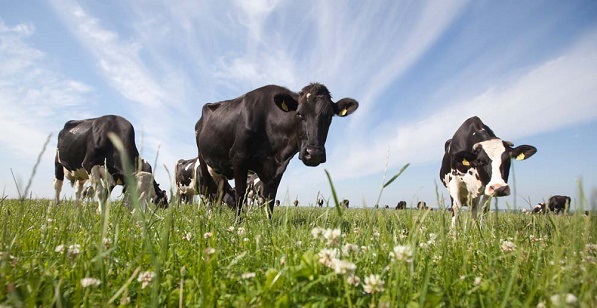Research project investigates added value from grasses and clovers
Danish research project studies the possible future uses of grasses and clovers. DLF expects more value added products for farmers
Grasses are a truly remarkable crop. Their growth rates are outstanding and the outcome is used for multiple purposes; from feed to amenity, from sport to decoration. However, that’s not all. According to a new Danish 160 M DKK strategic research program, grasses may be good for something else in the future: Protein feed and storable fibers!
While needs for food, feed, and fiber are still increasing, scientist from universities, small companies, and larger enterprises have joined forces in developing technologies that should extract and refine such products out of simple biomass more efficiently and more thoroughly than we do today.
"Green" conversion potential of DLF grasses
Grasses and clovers contain a lot of fibers and proteins, but also secondary metabolites, which renders them less valuable for monogastric animals, such as pigs, and which also decreases the efficiency in converting them into storable fibers. However, there are differences between varieties, and in the strategic platform, BIOVALUE SPIR, Scientists from Copenhagen University will screen several of DLFs superior grass varieties for their “green” conversion potential. The research is headed by prof. Jan K. Schjørring who will explore the potentials for utilizing grasses and clovers to substitute the use of expensive imported soy protein. This research is just one part in a big investigation on all the sub-processes in growing and processing biomass for value added product.
DLF uses the opportunity to increase its breeding efforts in developing new varieties designed for a future bio-refinery market. This will allow farmers to diversify their sources of income even more.
BIOVALUE is co-funded by The Danish Council for Strategic Research, The Danish Council for Technology and Innovation and the 16 academic and industrial partners involved. The research project will continue until summer 2018.

